9 Surprising Spots Where Tiger Muskies Are Making A Splash In U.S. Waters
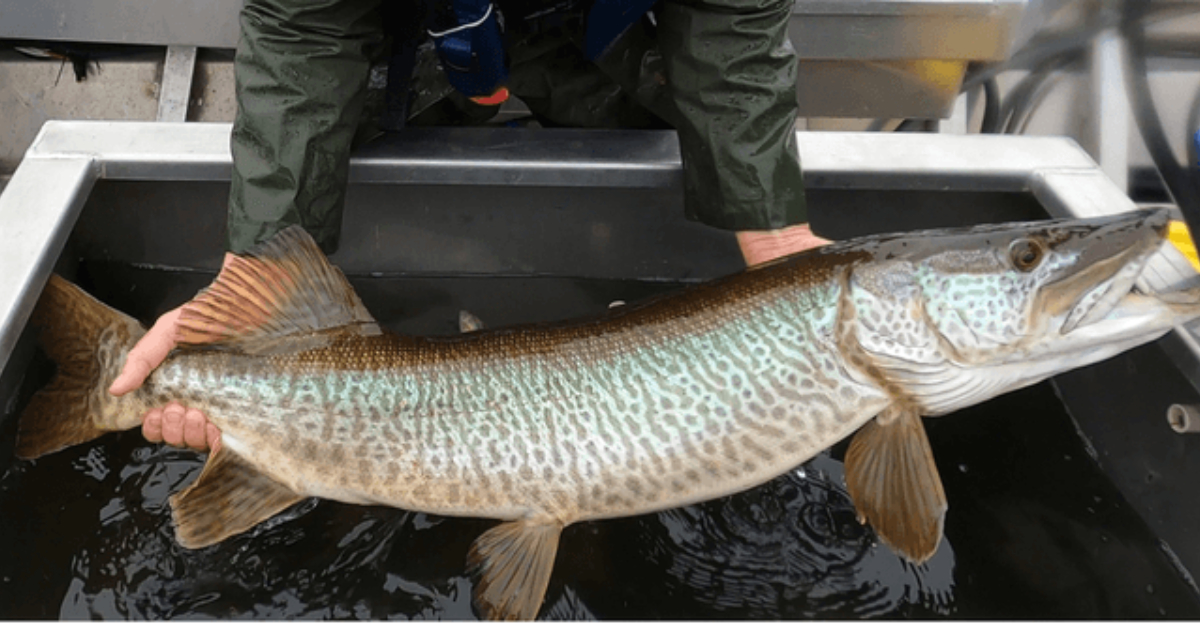
Tiger muskies, the thrilling hybrid offspring of northern pike and muskellunge, are showing up in waters where many anglers never expected to find them.
These toothy predators can grow over four feet long and are prized for their fighting spirit and elusive nature.
As fisheries managers introduce them to new waterways across America, both fishing enthusiasts and ecosystem experts are taking notice of these magnificent fish in surprising places.
1. What Are Tiger Muskies? Understanding This Hybrid Predator
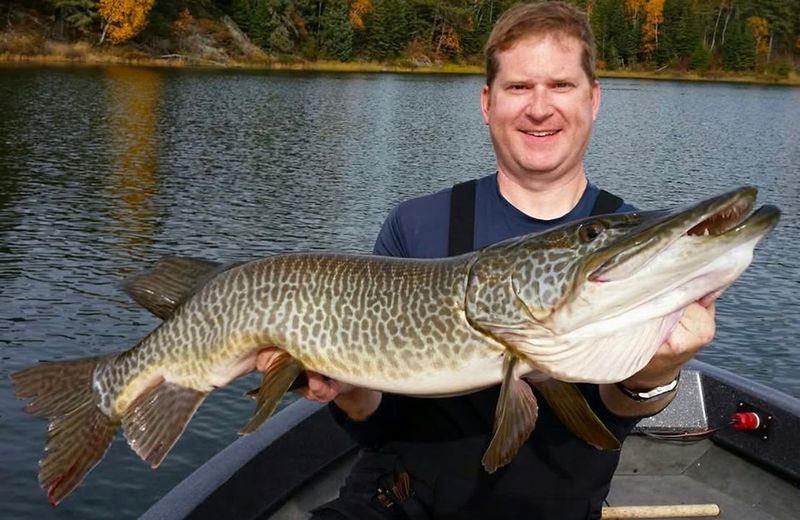
Tiger muskies aren’t born in the wild – they’re special fish created when northern pike and muskellunge parents cross-breed. With striking tiger-like stripes on their greenish bodies, these fish are the sports cars of the freshwater world.
They grow incredibly fast, sometimes reaching 30 inches in just two years! Many states breed them in hatcheries because they rarely reproduce naturally.
Known for their aggressive hunting style and powerful fights when hooked, tiger muskies can weigh over 30 pounds. Their unmistakable pattern, razor-sharp teeth, and torpedo-shaped body make them one of the most recognizable fish in American waters.
2. The Unique Traits That Make Tiger Muskies Stand Out Among Freshwater Fish
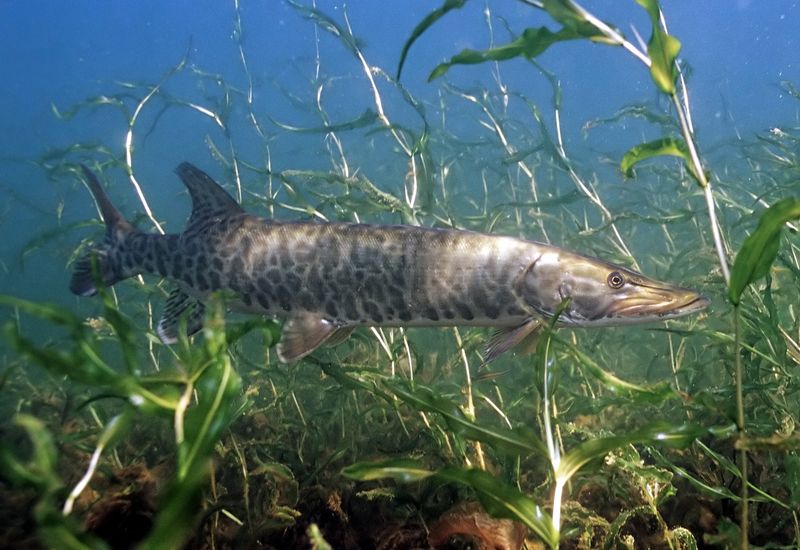
Unlike most freshwater fish, tiger muskies grow at superhero speed – sometimes adding a foot in length each year! Their distinctive tiger-striped pattern isn’t just for show; it helps them hide among underwater plants while hunting.
These ambush predators have over 700 teeth arranged in multiple rows. When a tiger muskie strikes, it can accelerate from zero to lightning-fast in a split second.
Most fascinating is their metabolism: tiger muskies display ‘hybrid vigor,’ growing faster than either parent species. They’re also more tolerant of warmer waters and different habitats, which explains why they’re thriving in places where pure muskellunge couldn’t survive.
3. How Tiger Muskies Were Introduced To U.S. Waters
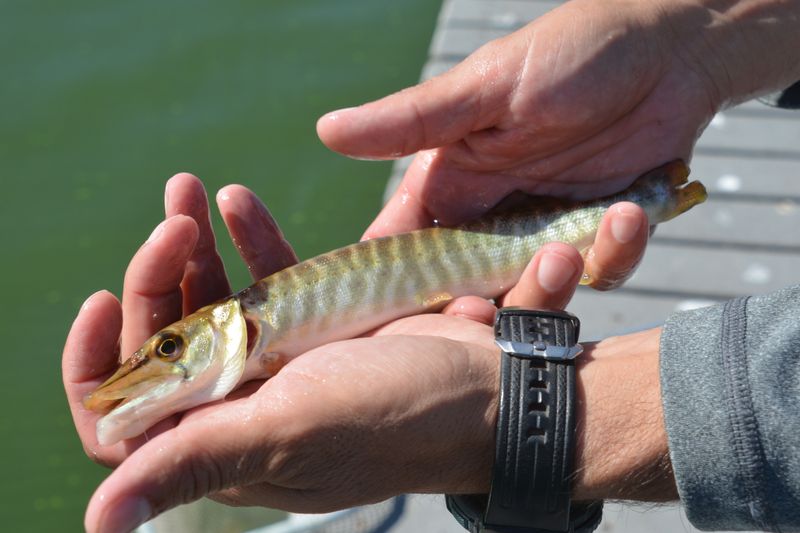
The tiger muskie story begins in the 1920s when fishery managers noticed these rare hybrids in waters where pike and muskellunge overlapped. By the 1960s, scientists had figured out how to create them consistently in hatcheries.
States like Michigan, Minnesota, and Wisconsin pioneered tiger muskie stocking programs. Fish eggs are carefully collected from parent species, fertilized in controlled environments, and raised until they’re large enough to survive in the wild.
Today’s stocking efforts focus on creating trophy fishing opportunities and controlling overpopulated prey fish. Most tiger muskies are introduced as 10-12 inch fingerlings, giving them a head start against predators while they grow into the apex hunters they’re meant to be.
4. Tiger Muskies’ Role As Apex Predators In Freshwater Ecosystems
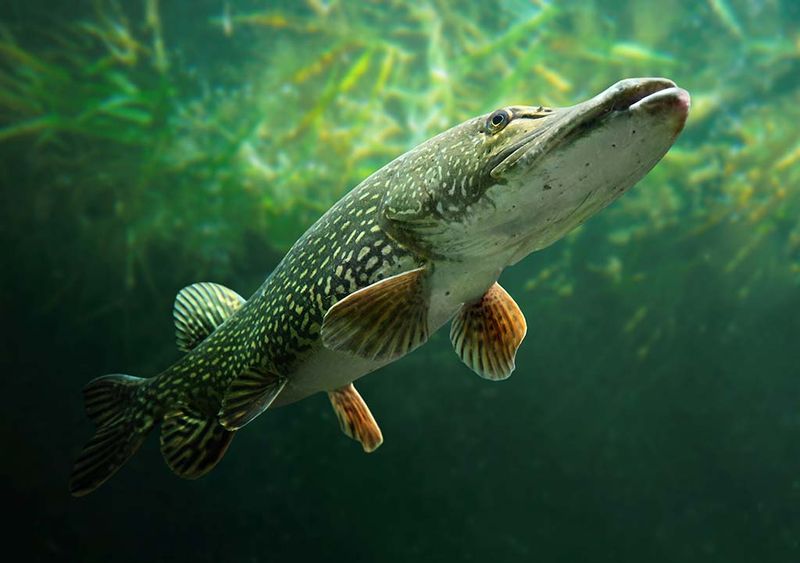
When tiger muskies swim into a lake, they immediately take the top spot in the underwater food chain. These fierce hunters target overpopulated fish like stunted panfish and rough fish that can throw ecosystems out of balance.
Their presence creates a ripple effect throughout the water. Small prey fish become more cautious, changing their behavior and hiding spots. This actually helps prey populations become healthier by selecting the weakest individuals.
Fishery managers carefully calculate stocking rates to ensure tiger muskies don’t eat too many game fish. At just 1-2 fish per acre, these predators can maintain the perfect balance – enough to control unwanted species without depleting the fish that anglers love to catch.
5. Why Tiger Muskies Are Valued By Anglers And Conservationists
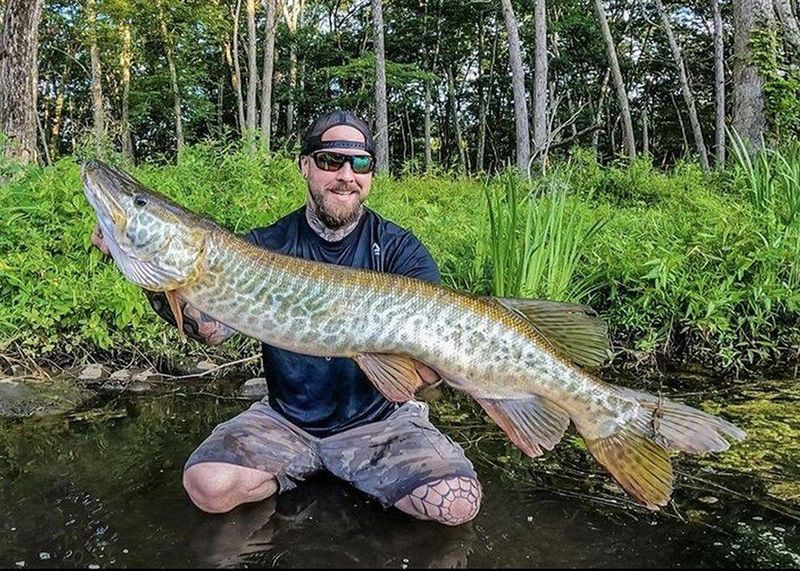
Anglers call tiger muskies the “fish of 10,000 casts” because they’re notoriously hard to catch. When one finally strikes, the battle can be legendary – heart-pounding runs, acrobatic jumps, and powerful dives make landing a tiger muskie a badge of honor among fishing enthusiasts.
For conservationists, these fish serve as biological tools. They can be precisely stocked to target specific management goals without establishing permanent populations, since most tiger muskies are sterile.
Both groups appreciate how tiger muskies boost local economies. A single trophy fish can bring thousands of tourism dollars to small communities as anglers book guides, stay in hotels, and dine at local restaurants while pursuing these bucket-list catches.
6. Tiger Muskies In Lake Tahoe, California
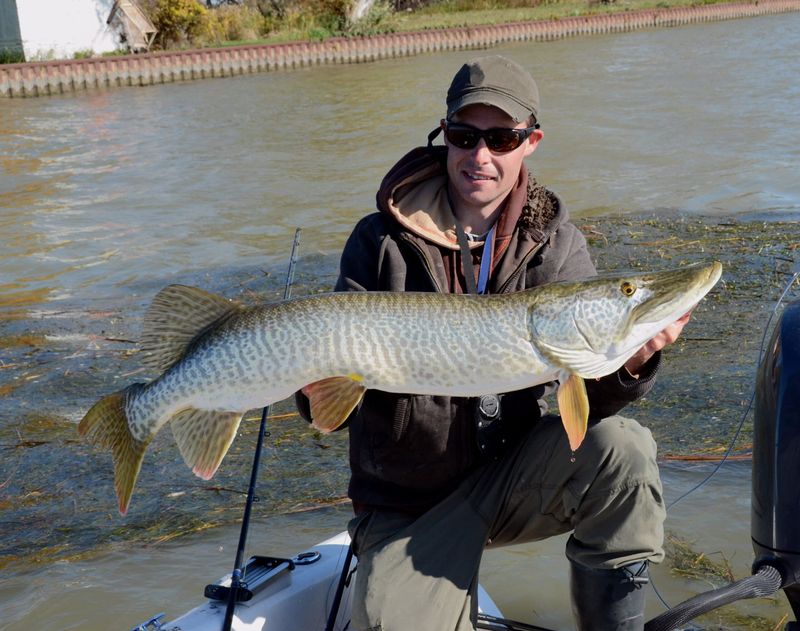
Few people associate the crystal-clear waters of Lake Tahoe with monster tiger muskies, yet these predators have established a surprising foothold here. First introduced in the 1980s to control the non-native goldfish population, they’ve adapted remarkably well to the lake’s deep, cold waters.
Anglers targeting Tahoe’s tiger muskies often find them lurking near underwater shelves where the shoreline drops off quickly. Some specimens have been reported to reach over 40 inches in length!
The Sierra Nevada backdrop makes this one of America’s most scenic tiger muskie fisheries. Local fishing guides have developed specialized techniques using large lures trolled slowly along depth changes, particularly near Emerald Bay and Crystal Bay.
7. Hudson River, New York
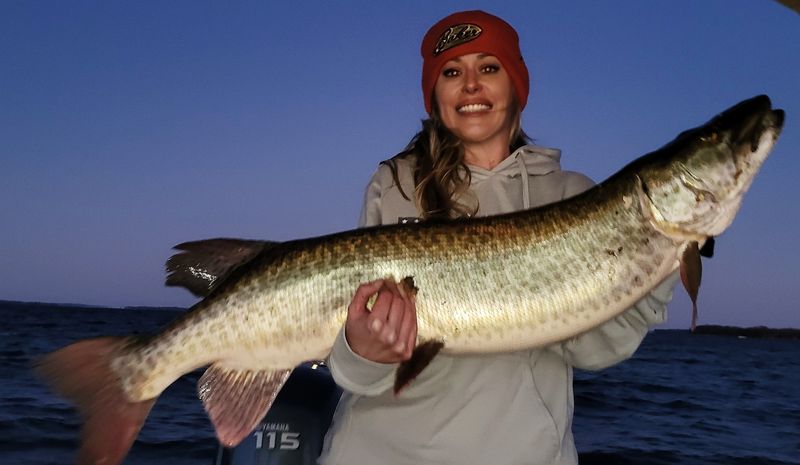
Beneath the shadows of New York’s skyline swims one of the East Coast’s most overlooked tiger muskie populations. The Hudson River’s brackish waters provide a unique habitat where these adaptable predators have carved out territory in the river’s upper and middle sections.
Local anglers have documented catches from Albany down to Poughkeepsie. The river’s abundant forage base of herring, white perch, and carp provides perfect hunting grounds for growing trophy-sized specimens.
Fall brings the best tiger muskie action as cooling waters trigger feeding frenzies. The contrast between urban surroundings and wild predators makes Hudson River tiger muskie fishing a truly distinctive experience – where else can you hook a monster fish while watching skyscrapers rise in the distance?
8. Potomac River, Washington, D.C.
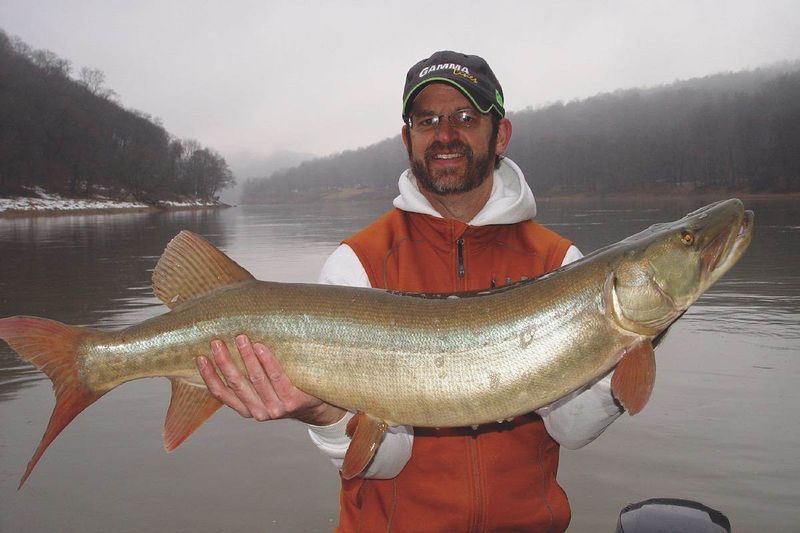
Capital city anglers have discovered a surprising secret – tiger muskies patrol the waters of the historic Potomac River right in the nation’s backyard. These fish were initially stocked in upstream reservoirs but have migrated throughout the river system.
The most productive spots lie between Great Falls and Fletcher’s Boathouse, where deep channels meet shallow flats. Kayak anglers have revolutionized Potomac tiger muskie fishing, silently approaching productive areas unreachable by larger boats.
Catching one while the Washington Monument stands in the background creates an only-in-America fishing photo. Spring and fall produce the most consistent action, with fish often exceeding 36 inches.
The Potomac’s improving water quality has created ideal conditions for these apex predators to thrive in this historically significant waterway.
9. Great Salt Lake, Utah
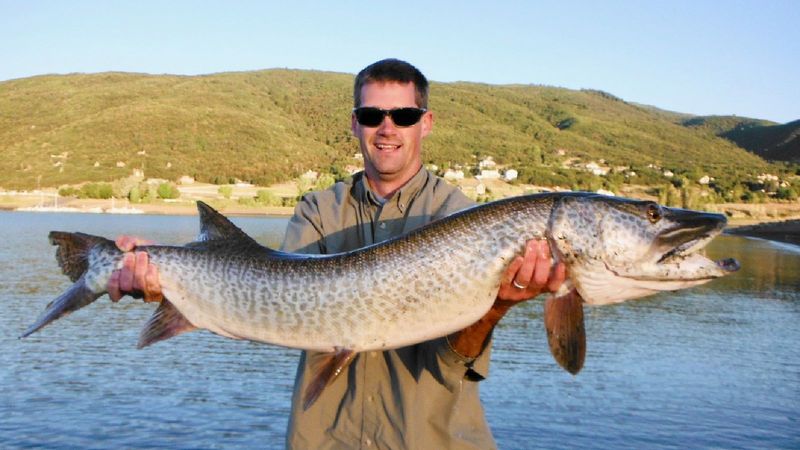
Freshwater tributaries feeding into Utah’s Great Salt Lake host some of America’s most unusual tiger muskie habitat. Willard Bay Reservoir, connected to the Great Salt Lake system, has become a tiger muskie hotspot where desert meets predator.
These fish thrive in the reservoir’s unique conditions – slightly brackish water with abundant forage fish like carp and gizzard shad. The surrounding arid landscape creates a striking contrast to the lush environments where tiger muskies are typically found.
Utah’s Division of Wildlife Resources has developed a specialized stocking program tailored to these conditions. Anglers target these fish using large, flashy lures that trigger the predatory instinct in the relatively clear waters.
The unique desert backdrop makes landing a tiger muskie here a truly distinctive experience on any angler’s bucket list.
10. Columbia River, Oregon
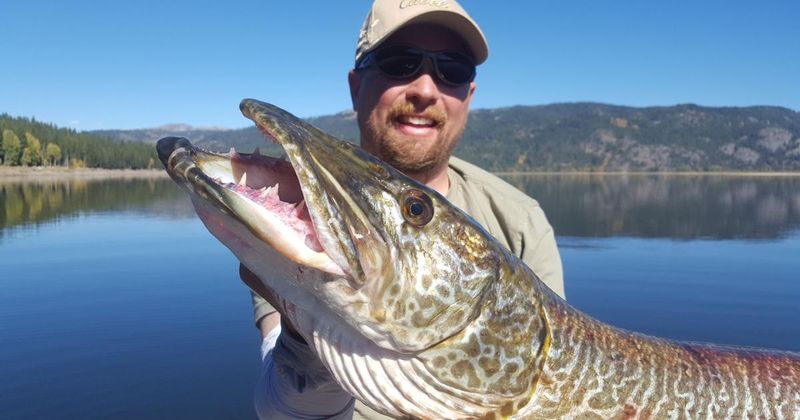
Pacific Northwest anglers are discovering tiger muskies in the mighty Columbia River’s backwaters and sloughs. Washington’s fisheries department introduced them to control northern pikeminnow populations that prey on endangered salmon smolts.
The Columbia’s tiger muskies have adapted to the river’s powerful flows by establishing territories in protected coves and side channels. Many congregate near the mouths of tributaries where prey fish naturally funnel through.
Fall brings spectacular fishing as cooling waters coincide with the arrival of migrating baitfish. Mount Hood looms in the background as anglers cast for these toothy predators – a scene straight from a wildlife painting.
The program has been so successful that some tiger muskies have reached lengths exceeding 50 inches in this productive ecosystem.
11. Mississippi River, Mississippi

Southern Mississippi offers a tiger muskie experience unlike any other in America. These northern-native predators have found surprising success in oxbow lakes and backwaters connected to the mighty Mississippi River’s southern reaches.
Abandoned river channels and cypress-studded waters provide perfect ambush points for these opportunistic hunters. Local anglers have developed specialized techniques using oversized spinnerbaits fished among flooded timber.
The juxtaposition of a traditionally northern fish thriving in southern waters showcases the adaptability of tiger muskies. Spring brings the most productive fishing as warming waters trigger aggressive feeding behavior.
Some longtime Mississippi fishing guides who once focused exclusively on bass and catfish now offer specialized tiger muskie trips, testament to the growing popularity of pursuing these toothy predators in Magnolia State waters.
12. Ohio River, Kentucky
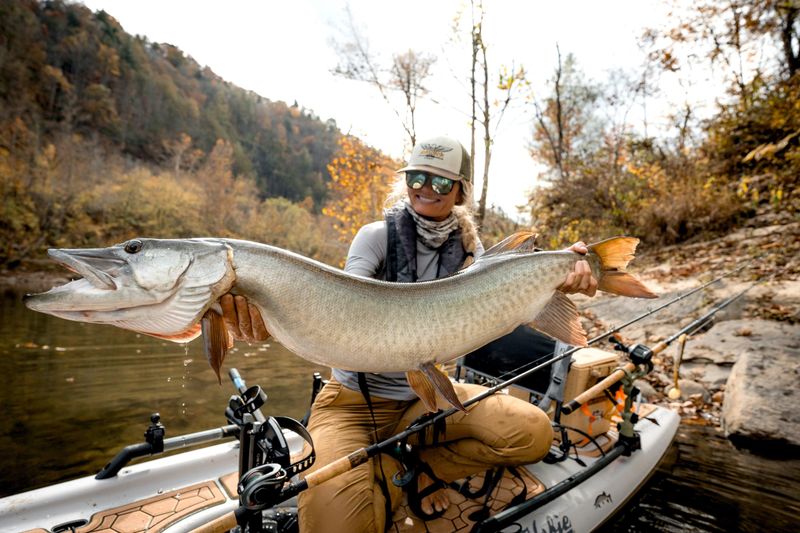
Kentucky anglers have uncovered a hidden gem – tiger muskies thriving in tailwater sections of the Ohio River. These fish find perfect habitat below dams where current, oxygen, and forage combine to create ideal conditions.
The McAlpine and Markland Dam areas produce consistent catches, particularly during spring and fall. Kentucky’s Department of Fish and Wildlife’s strategic stocking program has created trophy potential in these productive waters.
River tiger muskies behave differently than their lake-dwelling cousins. They often hold in current seams and eddies, ambushing prey swept downstream. Bourbon country’s rolling hills provide a scenic backdrop for muskie hunters working these productive waters.
Local experts recommend large soft plastic swimbaits that mimic the abundant shad population – the primary forage for these river predators.
13. Lake Mead, Nevada
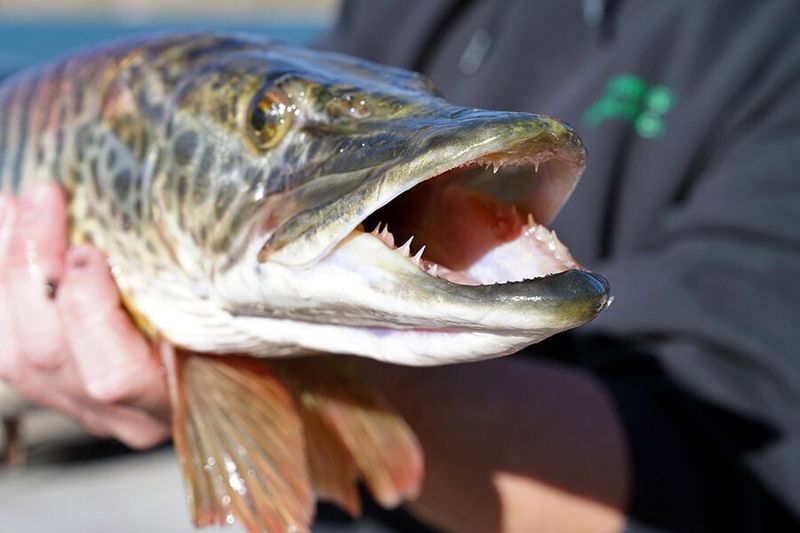
Desert tiger muskies? You bet! Lake Mead’s sprawling reservoir on the Nevada-Arizona border hosts one of America’s most unexpected tiger muskie fisheries. These adaptable predators were introduced to control invasive common carp and gizzard shad populations that threatened the lake’s ecosystem.
The stark contrast between red rock canyon walls and these northern-native fish creates a unique angling experience. Tiger muskies have adapted to the lake’s fluctuating water levels by following baitfish schools along submerged canyon walls.
Summer finds them seeking cooler depths, while spring and fall bring them shallow to hunt. Overton Arm and the Echo Bay area produce the most consistent action. Some lucky anglers have even hooked tiger muskies while fishing for striped bass – a surprise catch of a lifetime in this desert oasis.
14. Delaware River, Pennsylvania
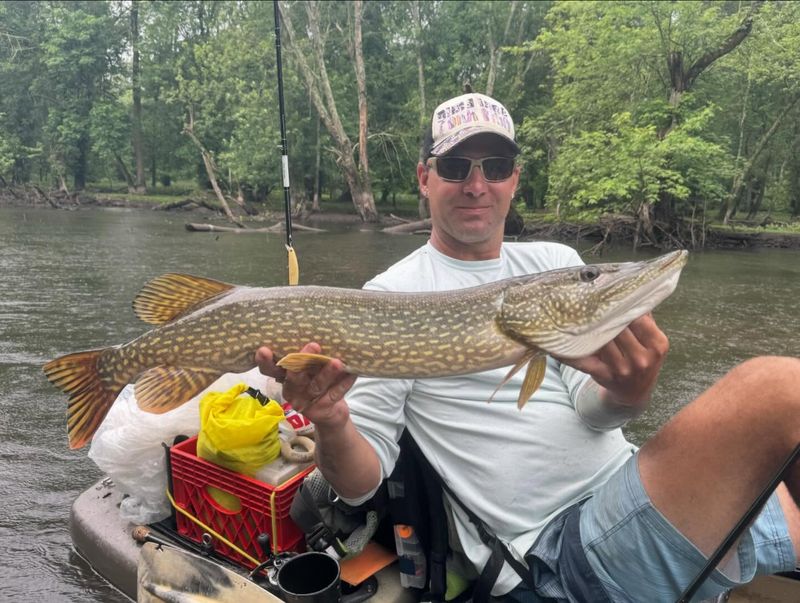
The historic Delaware River hosts a little-known tiger muskie population that surprises even longtime local anglers. These fish thrive in the river’s middle sections where cool tributary streams enter the main flow, creating perfect temperature breaks.
Pennsylvania’s Fish and Boat Commission maintains a carefully managed stocking program focused on creating trophy potential. The upper Delaware’s clean, cool waters provide ideal habitat, particularly in deeper pools below rapids.
Fall brings spectacular fishing opportunities as tiger muskies feed heavily before winter. The river’s forested banks ablaze with autumn colors create a breathtaking backdrop for muskie hunters.
Specialized guides now offer Delaware River float trips targeting these apex predators using large streamer flies and conventional lures – a technique growing in popularity among adventure-seeking anglers.
15. What These New Tiger Muskie Locations Mean For Local Ecosystems
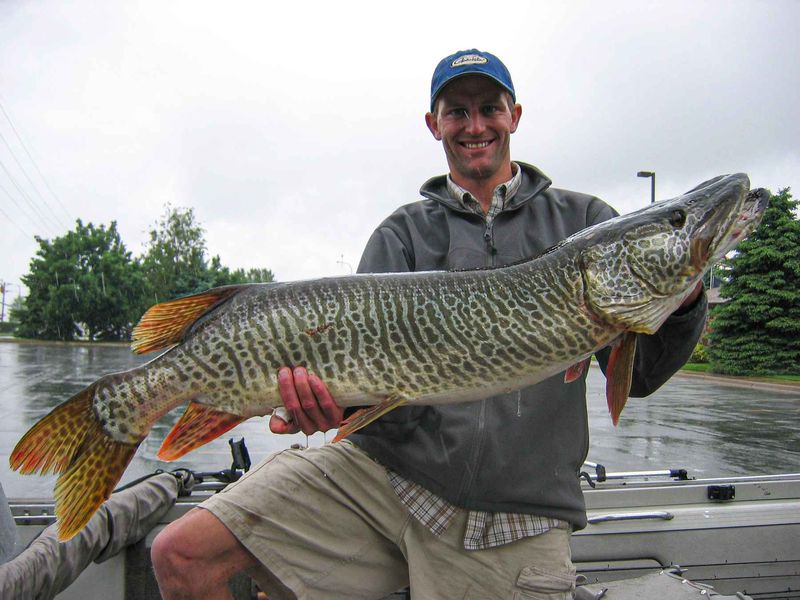
Tiger muskies are reshaping waterways across America in surprising ways. Their presence often signals a deliberate management strategy to restore balance in ecosystems where certain species have overpopulated.
When introduced properly, these predators can transform stunted panfish populations into healthier, larger fish. They also help control invasive species like common carp and northern pikeminnow that damage native fish habitats.
Scientists carefully monitor these introductions using tracking studies and creel surveys. The sterile nature of most tiger muskies provides a valuable management advantage – fishery biologists can precisely control population density without risk of unplanned reproduction.
This targeted approach represents modern fisheries management at its best: using one species strategically to benefit entire aquatic communities.






